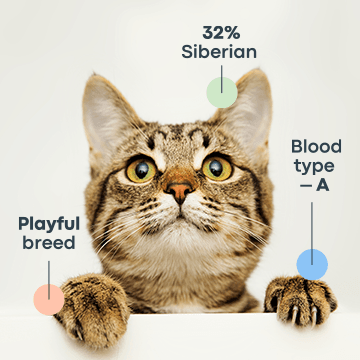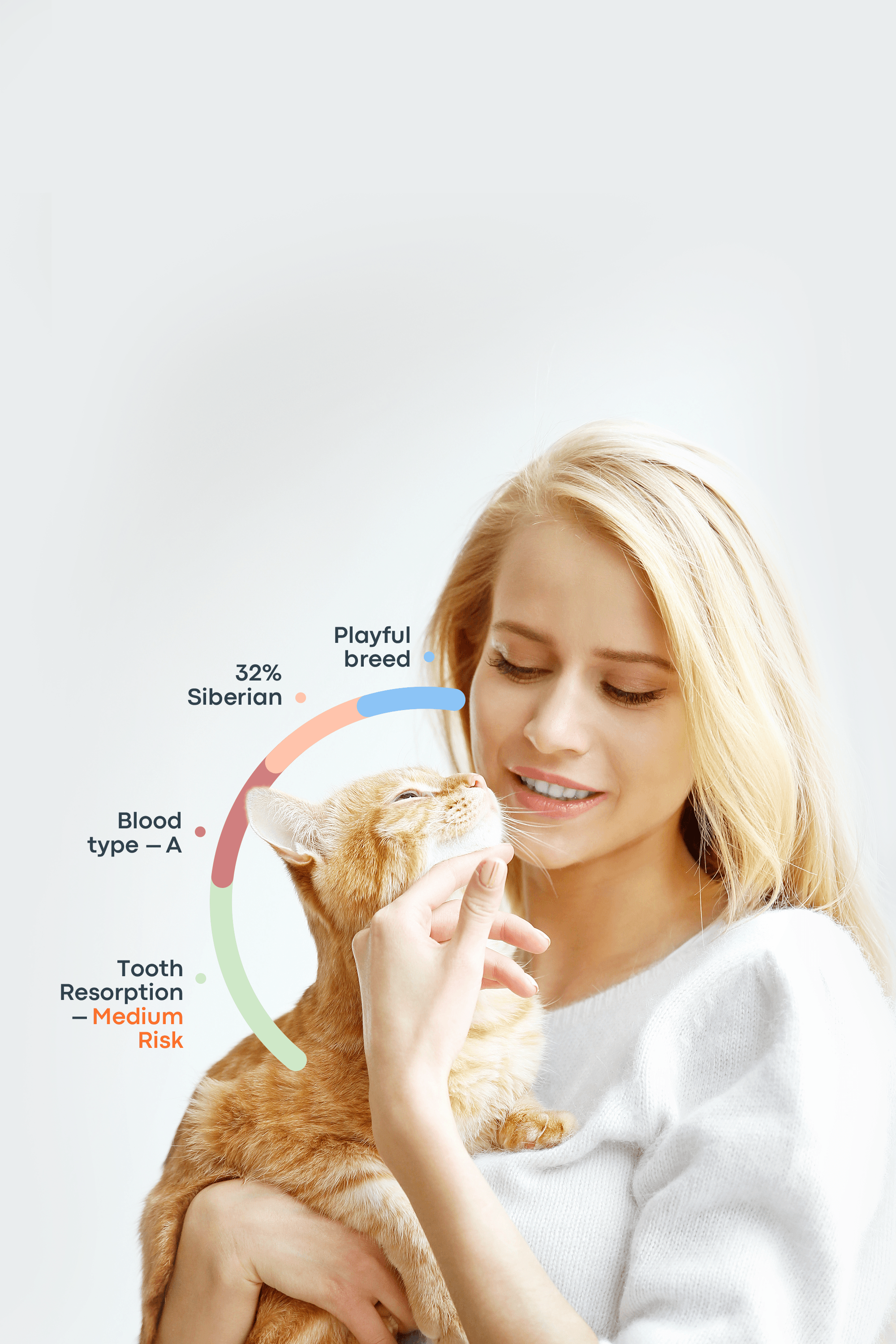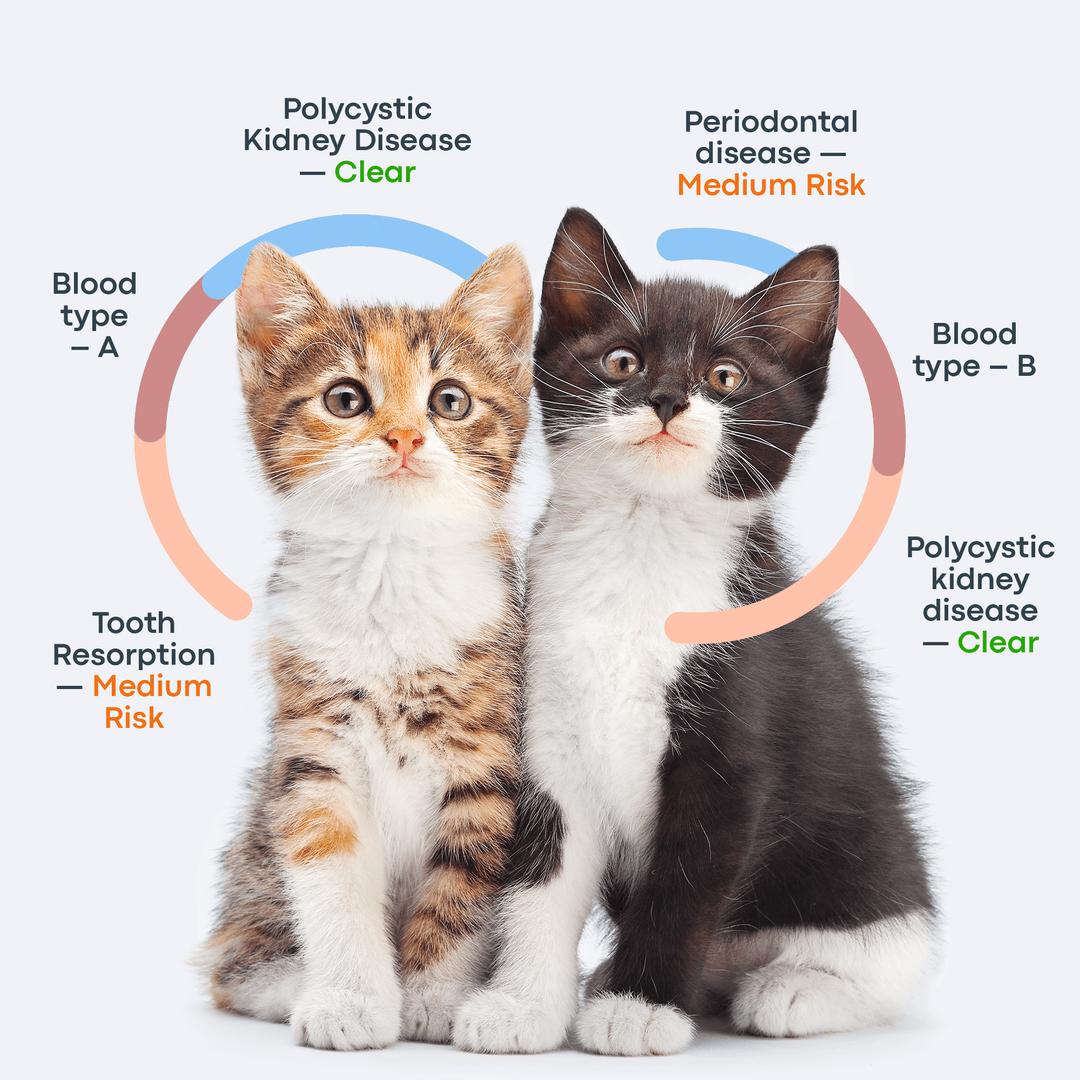Cats often perplex us with their mercurial natures, especially regarding physical affection. Yet, many seem to enjoy, seek out, or even demand petting from their human companions. So, why do cats like to be petted? Understanding this aspect of feline behavior requires us to delve deeply into their social instincts, sensory preferences, and survival strategies.
Why Do Cats Like to Be Petted? The Science Behind Feline Affection
Because Cats Like Us
Your cat's willingness to be petted shows their trust and fondness for you. This behavior is far from their ancestral instincts of self-preservation and solitude. When a cat allows and enjoys being touched, they recognize you as a non-threatening entity in their environment. This trust-building process is a significant aspect of your bond with your cat.
Because Cats Miss Us
Cats are often portrayed as aloof creatures, but they can form strong social bonds with their human family. Despite their reputation for independence, many cats experience separation anxiety or miss the presence of their owners. Petting is a way of re-establishing the bond and assuring your cat that you are still connected.
Because Cats Seek Attention
Your cat also understands that petting is a form of attention and communication. When seeking interaction, your cat may approach you with their tail up, eyes wide, and perhaps even with a trill-like vocalization, signaling their desire for affection. This attention-seeking behavior means, "I'm here, and I want to interact with you" in your cat’s words.

Because Cats Feel Good
"Why do cats like to be petted?" has a straightforward answer: it's pleasurable. The sensation of being petted can be very satisfying for cats. Gentle stroking can have a calming effect, similar to grooming, which is a positive experience for them.
Areas where cats particularly enjoy being petted, such as the base of their tail or their cheeks, have a high concentration of nerve endings, which may amplify the pleasurable feelings.
Marking Their Territory
By encouraging you to pet them, cats also engage in a subtle form of territorial marking behavior. When you pet your cat, they transfer their scent onto you. This scent exchange helps establish an environment where the cat feels secure. It's like your cat is saying, "You're part of my group."
This is how Zoetis Petcare illustrates this topic:
“This is a way to mark you as a familiar (and safe) figure using feline facial pheromones.”
Understanding the Role of Pheromones
In the context of marking territory, pheromones play a crucial role. These chemical markers are a form of communication in the animal kingdom. When cats rub against furniture, other animals, or you, they release pheromones from special glands on their face, especially the cheeks.
These scents are undetectable to humans but carry a wealth of information about the cat's identity and territorial claims for other animals.
Reading Cat Body Language
Before petting a cat, it is crucial to read their body language to determine whether they like to be petted, as some cats like to show physical affection to their humans, while others don't appreciate being touched. You may notice clear body language signals your cat may show when they want to be petted, such as:
The cat’s body is loose and relaxed as they walk towards you.
Their ears are upright and forward-facing, and their tail is held high and curled at the end.
The cat may stroke their cheeks, chin, or forehead on your hand.
However, the cat will similarly exhibit clear body language signals when they don't want to be stroked, including:
Avoiding interaction with you or running away and hiding when you hold your hand out;
The cat's ears stand flat against their head, their pupils dilated, and their tail held low;
Hissing or growling and even trying to bite your hand when you attempt to pet them.
Why Some Cats Don't Like Petting
Despite these reasons, not all cats seek out or enjoy being petted. For some, petting may induce stress, discomfort, or overstimulation. Recognizing a cat's body language is crucial in understanding their comfort level and consent in real-time.
The signals that tell your cat is uncomfortable with the interaction include:
Tail flicking
Skin twitching
Flattened ears
Dilated pupils
One of the most common reasons cats do not like being petted is the lack of proper socialization. Socializing a kitten helps them learn about a normal and safe environment. If the cats are not socialized as kittens, they may feel anxious or scared when someone wants to pet them because early life experiences can affect their interactions.
However, some cats are naturally shy or more fearful than others. You may need to introduce petting slowly and calmly.
Don’t force pet your feline friend, let them get comfortable with you and approach you. Also, sit on the floor and interact at your cat's level so you don’t look scary to them. Move quietly and slowly around them. Loud noises also make them nervous.
When you see your cat is comfortable around you, hold out your hand a few inches to the side of them so that you can see if they sniff it.
How to Pet a Cat?
Understanding how to pet a cat is essential because not all cats feel comfortable when engaged in physical interaction. Here are steps to correctly introduce petting to your cat.
Approach slowly and quietly. Approaching a cat for a petting session should be done with respect for their autonomy and comfort level. Cats get scared if you sneak up on them, so approach your feline slowly without making noise. Remember to get to their level when interacting with them, as towering over your cat can frighten them.
Also, avoid petting them when they are sleeping or hiding. It’s important to keep a little distance between you and your cat and your voice low when interacting with them.
Hold out your hand. The best way to know if your cat wants to interact is to hold out your hand toward the cat and keep it still. The cat may sniff your hand and even headbutt you or try to come closer to you with a high tail if they want to be petted.
And it's best to withdraw your hand if they don’t approach it after a few minutes. Forcing interactions with your cat can cause stress and affect your relationship with them.
Start petting gently. If the cat has approached you or rubbed their head against your hand, you can begin gently petting your cat. Gentle strokes along the back or scratching under the chin can be good starting points.
Some cats also like petting on their foreheads because scent glands are present in these areas.
Pay close attention to their reaction. Paying attention to the cat's reaction will guide the interaction's pace and intensity. It’s important to read your cat’s body language and understand if your feline companion likes petting.
If the cat doesn’t move away and has a happy and relaxed body language, it means they are enjoying the petting.
Stroke along their back. If your cat hasn’t moved away and has a relaxed body language, you can gently pet on the top of their head and along the upper back. Be sure to move your fingers in their fur’s direction.
Understand when to stop. It’s essential to understand that while some cats enjoy long petting sessions, others may only like petting for a minute or two at a time. However, if you notice your cat has started to look stressed, taking a step back, hissing, or growling, immediately stop petting them, and give them some space.
Avoid petting your cat in painful areas. Make sure not to pet the cat in areas where they may have pain, like a neck that can be painful due to arthritis. Also, avoid pulling your cat out of hiding or petting them when they are resting, as this can lead to stress in cats.
Where to Pet Cats
Answering "Where do cats like being petted?" is not that easy, as preferences vary from cat to cat. However, many cats enjoy being scratched gently behind the ears or petted on their cheeks. Why do cats like to be petted on their cheeks in particular? There is a concentration of scent glands there, as well as it is a non-threatening area to reach for. Other areas your cat may like strokes on include:
Forehead
Chin
The base of the tail
Your cat may also enjoy petting on the nape of their neck and along the back, as they often have itches in these areas that are difficult for them to scratch.
While you are petting your cat in these areas, be mindful of the ones that they don’t approve of, which include:
Stomach
Chest
Legs
Paws
Tail
Belly Rubs: Why Most Cats Don't Prefer Them
While some cats lie on their backs and appear to invite a belly rub, this area is often a no-go zone for many felines. The belly is a vulnerable spot, and exposing it is a sign of trust rather than an invitation for petting. Attempting to touch a cat's belly may trigger a defensive reaction, even in affectionate cats.
Conclusion
Understanding the nuances of cat petting reveals the depth of their social, protective, and pleasure-seeking behaviors. This is rooted in their biological and emotional framework.
Each cat is an individual, and learning your furry companion's sweet spots and no-go zones will significantly enhance your bond, making your mutual experiences more rewarding and affirming their trust in you. In its way, petting becomes a language of love, respect, and understanding that you and your cat share.
Frequently Asked Questions
Why do cats like to be petted so much? Why do cats and dogs like to be pet?
Cats enjoy being petted because it mimics their grooming behavior with other cats and stimulates pleasurable sensations due to the concentration of nerve endings in certain areas. The same goes for dogs and some other animals.
Do cats actually enjoy being pet?
Many cats enjoy being petted, as it offers them comfort, pleasure, and social bonding with their human companions.
What do cats like when petted?
Cats often prefer gentle strokes along their back, scratches behind their ears, and petting on their cheeks, although individual preferences can vary.
Why do cats lift their bums when you pet them?
When cats lift their bums while being petted, it's a sign of pleasure and trust, and the raised position exposes the base of their tail, an area with many nerve endings, to further stimulation.
Why do cats like to be pet at the base of their tail?
Cats like to be petted at the base of their tail because this area has a high concentration of nerve endings, which makes it particularly sensitive. When petted in this region, many cats experience pleasurable sensations.
Additionally, the base of the tail is close to the glands that produce pheromones, so petting this area can also stimulate these glands and lead to scent-marking behaviors, further strengthening the bond between the cat and the person petting them.




